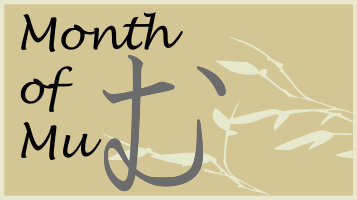Month of Mu - Week 3
2018-09-16 20:00

Idea
Remove distractions, then fill with the person I want to be.
Previous parts:
Last Week
- Use 50-10 time boxes each day.
- Take breaks away from the computer. Make break activities part of daily planning.
If there was an award for not doing what I planned, I'd win it.
What went well
- Enjoying podcasts
- Good work on a project repair utility. I enjoy making useful utilities.
- A little better on taking breaks.
What didn't
- Really missing the consistency of regular breaks. When I take them, they help.
This Week
The same, until it sticks.
- Use 50-10 time boxes each day.
- Take breaks away from the computer. Make break activities part of daily planning.


